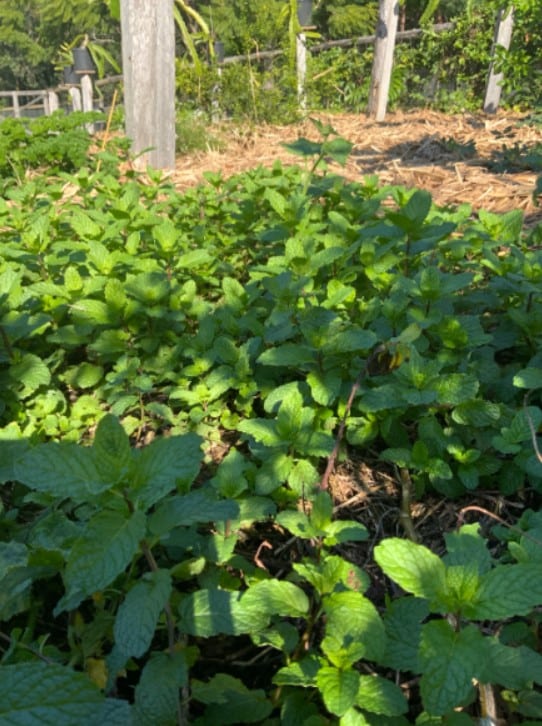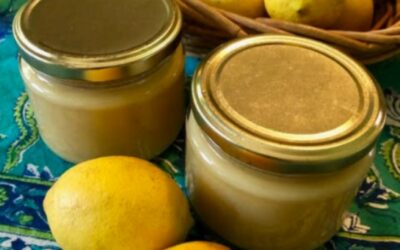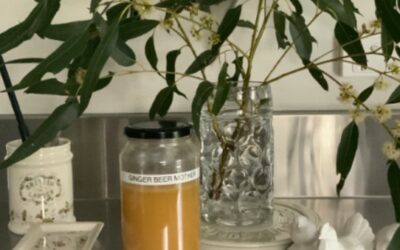
Mint is a perennial herb that is easy to grow and is notoriously known for escaping garden boundaries in search of more space to put its roots down and to expand its horizons.
Due to its ability to spread so rapidly it may leave you wondering if mint is worth growing. I am about to convince you that YES. Mint is worthy of a place in your garden.
Mints (Mentha spp.) are wonderful herbs that have been used for thousands of years for both culinary and medicinal purposes.
Would you believe that there are over 600 varieties of mints? Many are noted for their unique flavours so I encourage you to explore them yourself to discover which ones you like best.
There are many reasons of growing mint without the fear of it taking over your garden.
Grow it in containers – it’s the best solution for containing this eager grower.
Or to utilise its natural spreading, in our food forest we let mint wander where it wants. We use mints’ sprawling habit to our advantage as a ground cover.
Mint is also a companion plant for beetroot, Brussel sprouts, cauliflower, eggplant, kale, kohlrabi, and lettuce.
Mint acts as a repellent to unwanted garden visitors, while attracting honey bees, native bees, and a whole suit of other beautiful winged insects.
This amazing perennial herb will deter mosquitoes, so while working in the garden you can simply pluck a sprig or two and rub it on your skin.
You can also make your own insect repellent spray by putting a handful of mint leaves into a pot of boiling water and let it steep for 24 hours. Then strain the mint infusion and pour into a spray bottle and use as needed.
We use mint to prevent invasions – we place springs wherever ants are trying to enter and mice aren’t fond of the smell either.
With the abundance of mint in the garden, you’ll never run out of exciting drinks and dishes to try.
Here are some ideas:
– basil and mint pesto
– coriander and mint chutney
– mint sauce
– fresh mint ice-cream (yum, my favourite)
– chocolate-dipped mint leaves
– mint added to salads and yoghurt
– and of course mint tea
I hope I’ve encouraged you to see that mint is our friend in the garden and in the kitchen.
With a few strategies to control its eager growth you will have many years of uses for this perennial herb.
– By Eve Ballard




0 Comments